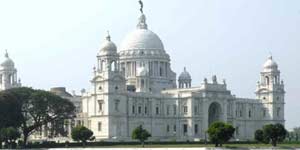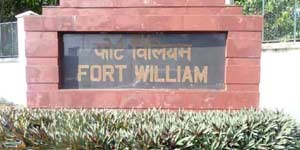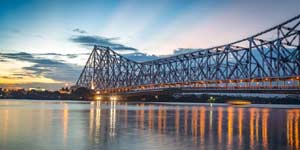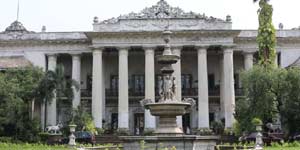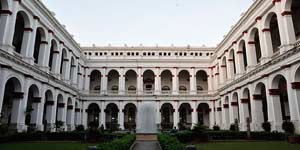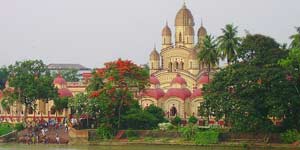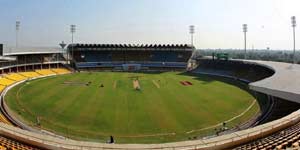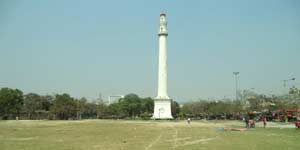
Fort William
The Old Fort William of Calcutta was a fort of different kind. It was a fort without having initially a defined territory of its own to protect against possible intrusion, but to protect its commercial resources housed within. The city of Calcutta evolved round the Fort and called a fort-city, and often compared with other fort-cities in India and abroad. The fort-cities are occasionally called ‘walled-cities’ since those are encircled by one or more shielding walls, while Calcutta had none. Calcutta may yet be called a fort-city in a special sense. The Calcutta metropolis, once the foothold of the British Raj, had been originally a small township grown around the English ‘factory’, designated ‘Fort William’. ‘Modern Calcutta is its child and heir’. Interestingly, the oxforddictionaries.com provides a second meaning of the word, ‘fort’, which is ‘trade station’. It suits well to understand what the old Fort William was, and why it may not be meaningfully called a ‘Fort of the Kingdom of Bengal’ as the above featured painting was captioned.
History of Fort William
Fort William has a long and celebrated history appended to its name. Strangely, there are two Fort Williams. The first one was worked in 1696 by the British East India Company under the expert of John Goldsborough. The development was begun along the Hooghly waterway and the South-East Bastion was the principal its neighboring dividers were the main segments to be built. In the end, it was named subsequent to King William III in the year 1700. 1701 saw John Beard adding the North-East bastion to the fortress and the development of the Government House was begun directly in the focal point of the fortification. At long last, Fort William was finished in the year 1706 with the last building having two stories and anticipating wings. An inward watchman room turned into the 'Dark Hole of Calcutta'.
In 1756, the Nawab of Bengal, Siraj Ud Daulah, assaulted the William Fort and briefly vanquished the city. He renamed the locale 'Alinagar' and accepted control of the fortress also. This drove the British to manufacture another fort in the Maidan under the vigilant gaze of Robert Clive. The development of the new fortification started in 1758, after the Batte of Plassey in 1757. A time of two years and an expense of roughly two million pounds was caused also.
Monuments in Kolkata
Kolkata, famously known as the ‘City of Joy’, is not just another metro city, but has an important place in the history of India. It was the first capital of the British rulers when they had just started building their system of administration to empower their position in the country. The city has gone through multiple transformations industrially and culturally since its formation. In Kolkata you will find multiple places to tell the story of the British age. Here we discuss five historic places and monuments in Kolkata. Kolkata, which is often called the city of joy is one great destination which is rich in many monuments which reflects the beauty of the glorious past. The city was even a charm during the British rule and it is still a charm. The various monuments available in Kolkata reflect the stories about the city. The beauty of these monuments is unmatched or is rather growing with time. The best monuments in Kolkata is listed here for those who want to check them out when traveling here.


